One of the most common reasons for a drop in water pressure in your kitchen sink is a clogged aerator. The aerator is a small mesh screen that is attached to the end of your faucet. Its purpose is to mix air into the water flow, creating a smooth and consistent stream. However, over time, mineral deposits and debris can build up on the aerator, causing it to clog and restrict water flow. This can result in a noticeable decrease in water pressure.1. Clogged aerator
The faucet cartridge is a small valve inside your faucet that controls the flow of water. If this valve becomes damaged or worn out, it can cause a drop in water pressure. This is because a faulty cartridge can reduce the amount of water flowing through your faucet, resulting in a weaker water stream. If you suspect that your faucet cartridge is the culprit, it may need to be replaced to restore proper water pressure.2. Faulty faucet cartridge
Leaking pipes can also contribute to a drop in water pressure in your kitchen sink. If you have a leak somewhere in your plumbing system, it can reduce the amount of water reaching your sink. This is not only wasteful, but it can also cause a decrease in water pressure. If you notice any dampness or water stains near your sink or under your cabinets, it's important to have a professional plumber inspect and repair the leak.3. Leaking pipes
The water supply line is responsible for bringing water from your main water line into your home. If there are any issues with this line, such as a blockage or a break, it can result in a drop in water pressure. This can be caused by a variety of factors, including freezing temperatures, tree roots, or old and corroded pipes. If you suspect an issue with your water supply line, it's essential to have it fixed as soon as possible to avoid further damage and maintain proper water pressure.4. Water supply line issues
In some cases, the issue may not be with your kitchen sink specifically, but with the main water line supplying your home. If there is a problem with the main line, such as a break or a blockage, it can affect the water pressure throughout your entire house. This can be a more complicated issue to fix and may require the assistance of a professional plumber.5. Low water pressure in main line
The pressure regulator is a valve that controls the water pressure in your home. If this valve becomes faulty or malfunctions, it can result in a drop in water pressure. This can be caused by wear and tear, sediment buildup, or a faulty installation. If you suspect an issue with your pressure regulator, it's important to have it checked and repaired by a professional.6. Malfunctioning pressure regulator
Over time, minerals from your water supply can build up inside your pipes, causing them to become clogged. This can restrict the flow of water and result in a drop in water pressure. This is a common issue in homes with hard water, which contains high levels of minerals such as calcium and magnesium. To prevent mineral buildup, consider installing a water softener or having a plumber flush your pipes regularly.7. Mineral buildup in pipes
If your home has a well, a faulty water pump can also be the cause of a drop in water pressure. The water pump is responsible for pumping water from your well into your home's plumbing system. If the pump is not working correctly, it can result in low water pressure. This may require a professional to inspect and repair the pump.8. Faulty water pump
The pressure relief valve is a safety feature that releases excess pressure from your plumbing system. If this valve is broken or malfunctioning, it can cause a drop in water pressure. This is typically an easy fix for a professional plumber, and it's important to get it repaired to prevent any potential safety hazards.9. Broken pressure relief valve
Old and corroded pipes can also be a major contributor to a drop in water pressure. As pipes age, they can become weakened and develop cracks or leaks, which can restrict water flow. This is especially common in homes with older plumbing systems, and it's important to have a professional plumber inspect and replace any corroded pipes to maintain proper water pressure. If you're experiencing a drop in water pressure in your kitchen sink, it's essential to identify and address the issue as soon as possible. By understanding the potential causes, you can work with a professional plumber to fix the problem and restore your water pressure to its full strength.10. Corroded pipes
Reasons for a Drop in Water Pressure in the Kitchen Sink

Problematic Pipes
 One common cause for a drop in water pressure in the kitchen sink is due to problematic pipes. Over time, pipes can become clogged or damaged, leading to reduced water flow. This can be caused by a buildup of minerals, debris, or even a blockage from a foreign object. If your kitchen sink is the only area experiencing low water pressure, it is likely due to an issue with the pipes leading to that specific area. In this case, it is important to have a professional plumber inspect and repair any damaged or clogged pipes to restore proper water pressure.
One common cause for a drop in water pressure in the kitchen sink is due to problematic pipes. Over time, pipes can become clogged or damaged, leading to reduced water flow. This can be caused by a buildup of minerals, debris, or even a blockage from a foreign object. If your kitchen sink is the only area experiencing low water pressure, it is likely due to an issue with the pipes leading to that specific area. In this case, it is important to have a professional plumber inspect and repair any damaged or clogged pipes to restore proper water pressure.
Water Pressure Regulator
 Another potential cause for a drop in water pressure is a malfunctioning water pressure regulator. This device is responsible for regulating the water pressure throughout your home, and if it is not functioning properly, it can result in low water pressure in certain areas such as the kitchen sink. A professional plumber can check and adjust the water pressure regulator to ensure it is functioning correctly, restoring adequate water pressure to your kitchen sink.
Another potential cause for a drop in water pressure is a malfunctioning water pressure regulator. This device is responsible for regulating the water pressure throughout your home, and if it is not functioning properly, it can result in low water pressure in certain areas such as the kitchen sink. A professional plumber can check and adjust the water pressure regulator to ensure it is functioning correctly, restoring adequate water pressure to your kitchen sink.
Mineral Buildup
 Mineral buildup can also be a culprit for low water pressure in the kitchen sink. Over time, minerals from the water can accumulate on the inside of pipes, restricting water flow. This is especially common in areas with hard water. To prevent this issue, regular maintenance such as flushing the pipes or using a water softener can help to remove mineral buildup and improve water pressure in your kitchen sink.
Mineral buildup can also be a culprit for low water pressure in the kitchen sink. Over time, minerals from the water can accumulate on the inside of pipes, restricting water flow. This is especially common in areas with hard water. To prevent this issue, regular maintenance such as flushing the pipes or using a water softener can help to remove mineral buildup and improve water pressure in your kitchen sink.
Conclusion
 A drop in water pressure in the kitchen sink can be frustrating, but it is a common problem that can be easily fixed by identifying the underlying cause. Whether it is due to problematic pipes, a malfunctioning water pressure regulator, or mineral buildup, it is important to address the issue promptly to prevent further damage and restore proper water pressure. If you are unable to identify the cause yourself, it is best to seek the help of a professional plumber to ensure the problem is resolved effectively. Don't let low water pressure disrupt your daily routine any longer, take action and fix the issue today.
A drop in water pressure in the kitchen sink can be frustrating, but it is a common problem that can be easily fixed by identifying the underlying cause. Whether it is due to problematic pipes, a malfunctioning water pressure regulator, or mineral buildup, it is important to address the issue promptly to prevent further damage and restore proper water pressure. If you are unable to identify the cause yourself, it is best to seek the help of a professional plumber to ensure the problem is resolved effectively. Don't let low water pressure disrupt your daily routine any longer, take action and fix the issue today.


:max_bytes(150000):strip_icc()/ac3-56a73c5a5f9b58b7d0e81836.jpg)























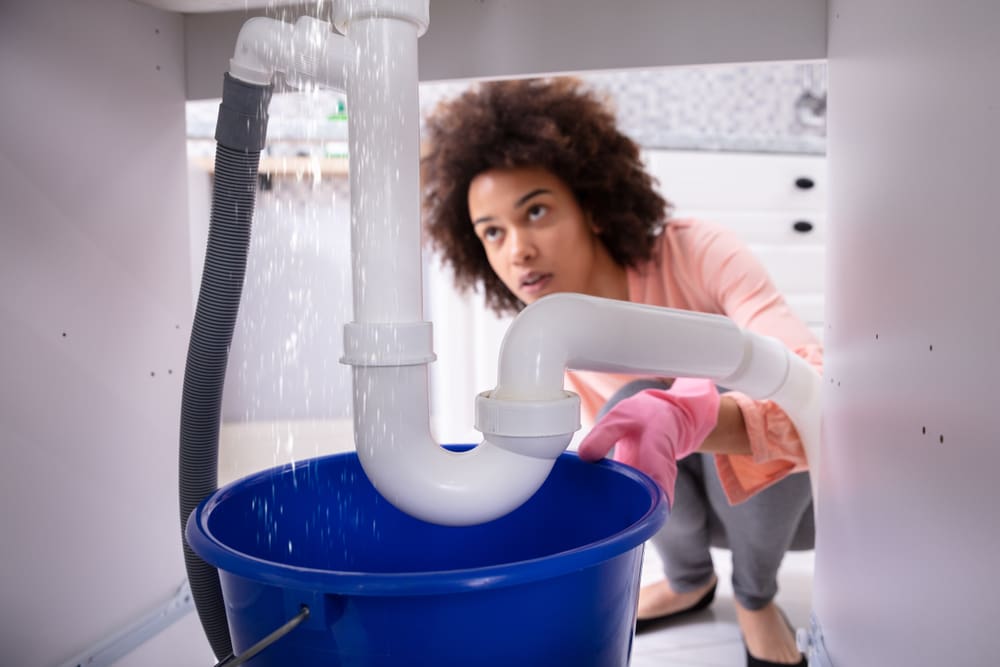


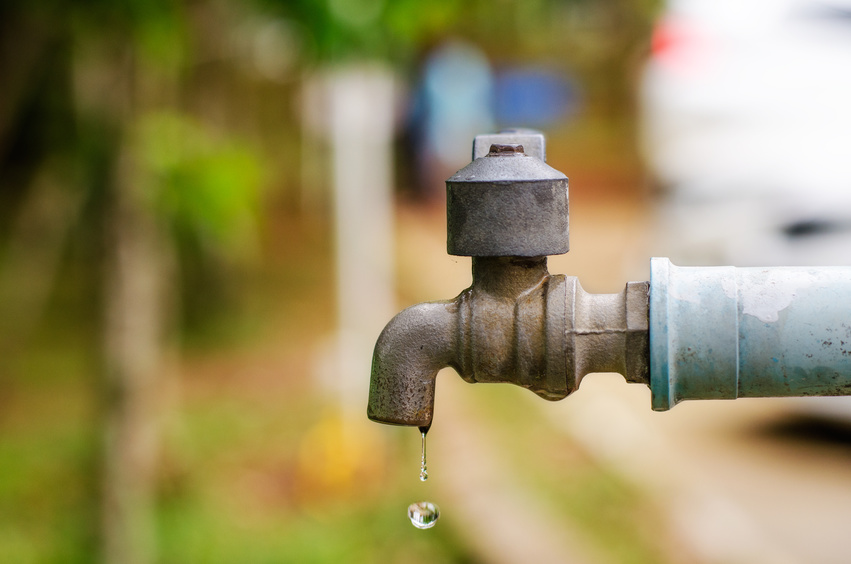



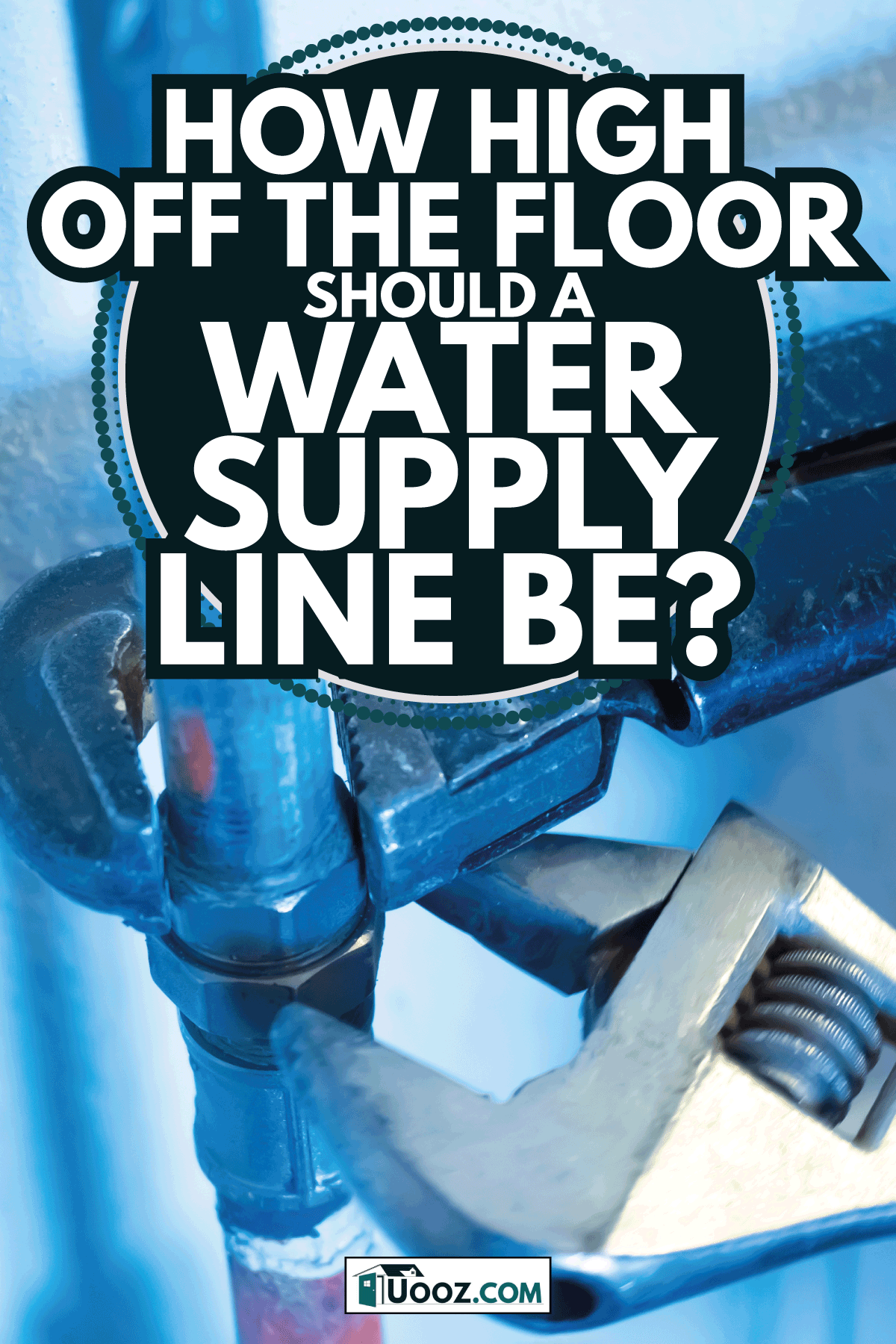





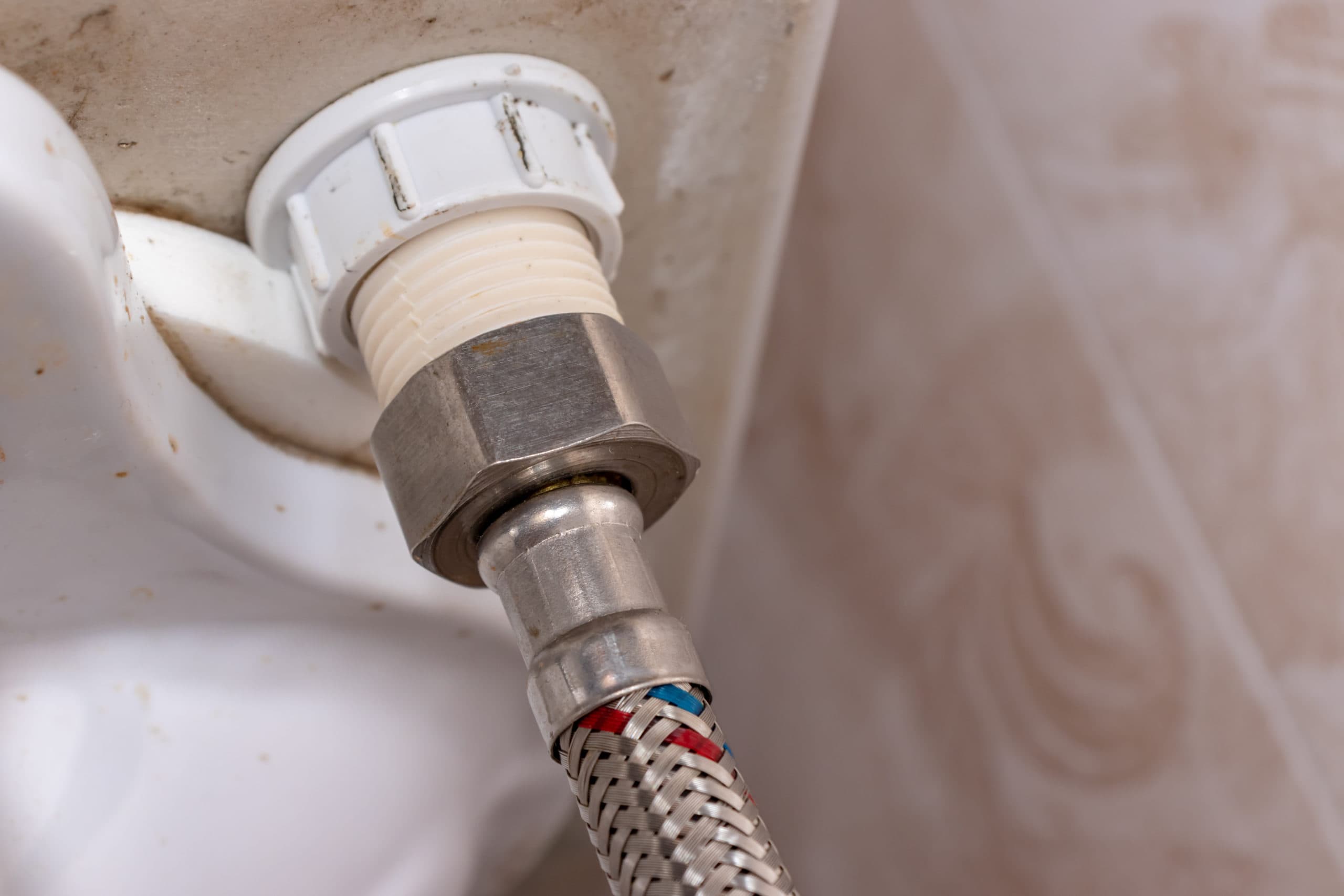























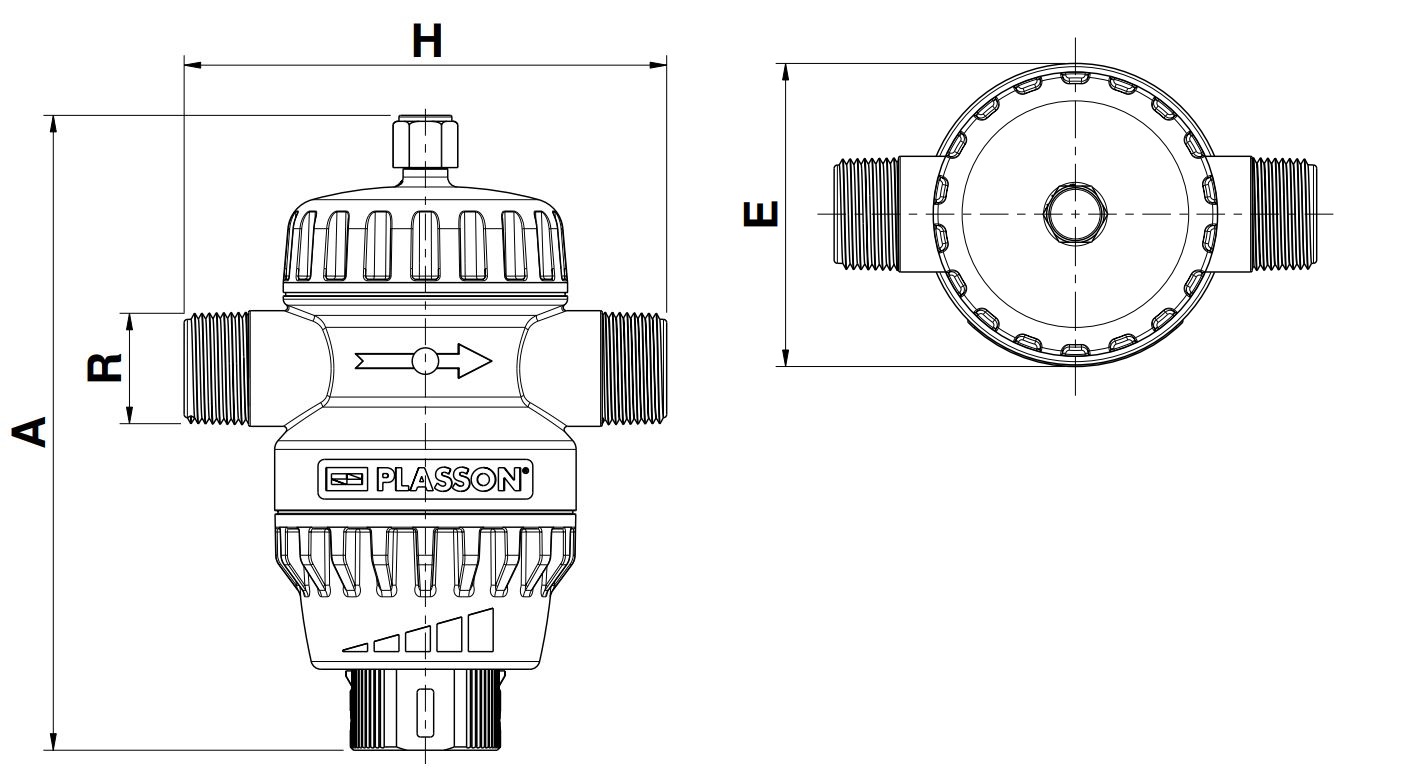























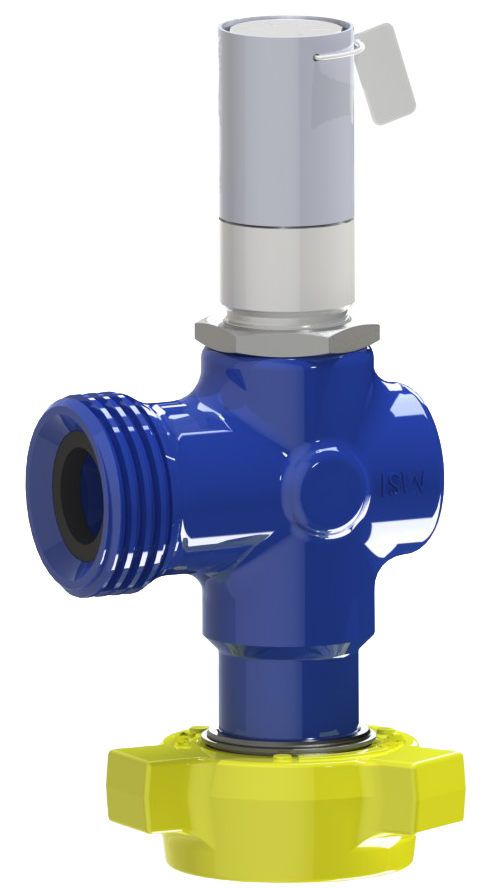
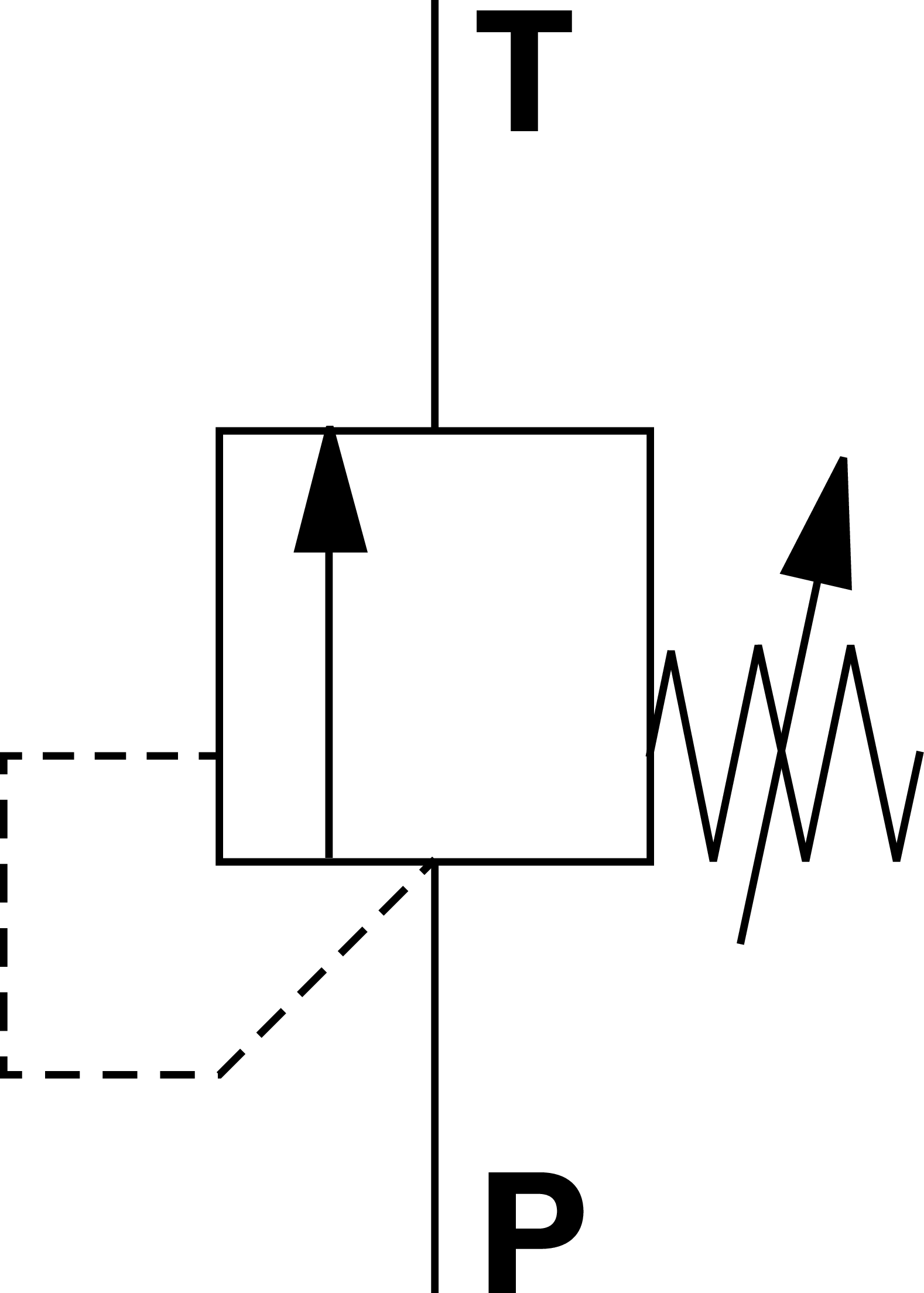






















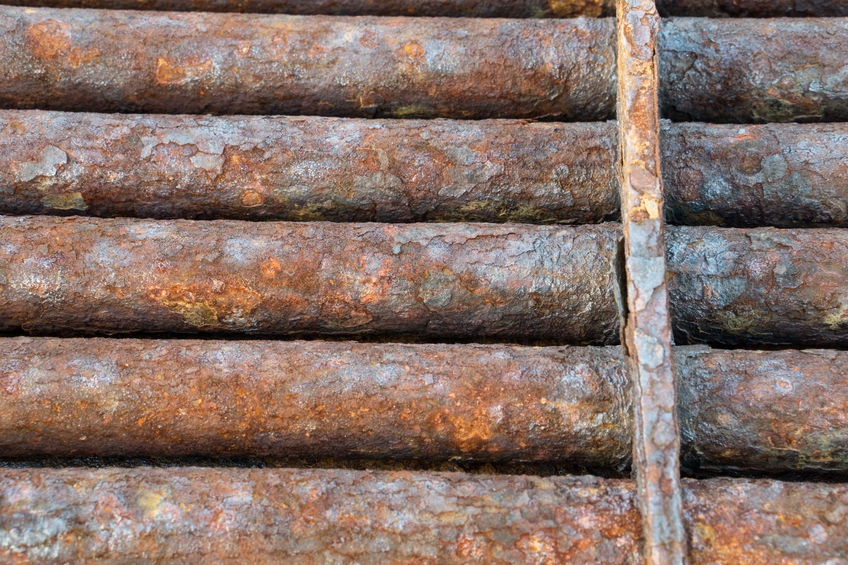



:max_bytes(150000):strip_icc()/DesignbyEmilyHendersonDesignTrampdaybed-8a3257e6f7164a1f8b3d6b9fb0e4b13f.jpg)


